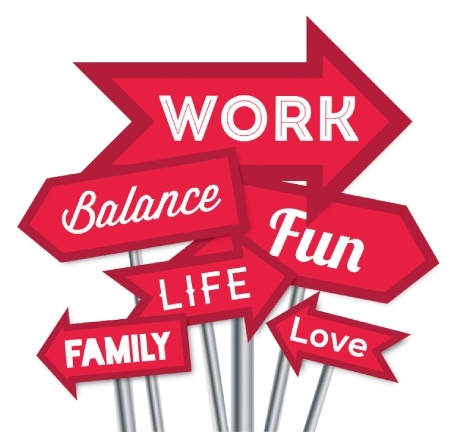Manage your day and work your own way
For many of us, the dream of flexible working remains just that: a dream. Stuck in a rigid schedule and a time-consuming commute, we think how much better it would be if we could take charge of our own destinies and plan work to fit our lives rather than the other way around. But where to start?
Go your own way
A common pitfall with flexible working is getting side-tracked, especially if this involves working from home. The temptation to quickly fold that laundry can snowball into ‘quickly’ putting more washing on, loading the dishwasher and watering the plants – and then an hour of the working day suddenly disappears. Finding somewhere to do your job, such as a café or flexible office space, can create a physical barrier between home and work that puts you in the right frame of mind to concentrate and get things done.
Set a routine
Wherever you plan to perform the tasks required to do your job, it’s important to treat it as a work day just like any other. It can be all too easy for homeworkers to spend that extra 30 minutes in bed before slipping into trackpants that wouldn’t cut the mustard in an office environment. While dressing in a suit might be taking it too far, making the conscious decision to get out of cosy clothes and perhaps start the day with an early-morning stroll to your local café will help to establish a pattern you can stick to.
Eat well and make a move
Flexible workers who spend a lot of time alone can also spend more time sitting down. When walking over to a colleague’s desk for an answer is replaced by an email, there’s simply no need to get up. Another common pitfall is snacking just for the sake of it, often as a replacement activity for that office chat over a cup of tea. Both of these situations are detrimental to health, but finding an environment that encourages working – and walking – can put a stop to this behaviour.
Down tools for downtime
Even a small amount of downtime can have a positive effect on productivity. Loren Frank, a professor at the Center for Integrative Neuroscience at the University of California, San Francisco, has this to say about the power of disconnecting: “We know the brain can get into its downtime state very quickly, and the education research suggests just a few minutes — five to 15 — are enough to aid learning.” In other words, you’ll get more done by doing less.



Share This Article
Choose Your Platform: Facebook Twitter Google Plus